The series began in 1986 with three girls: Kirsten, Samantha, and Molly. Felicity was added in 1991, but that's around where my memory of them starts, as girls in my class at school were into them. And for a good stretch of time those original four were all we had. The girls were each from a different era of American history, with the series covering a year or two in their life. Each girl was branded with a year and that year always ended in a 4; Felicity was 1774, Kirsten 1854, Samantha 1904, and Molly 1944. Each girl had a series of six books with white covers. Each corresponding volume for each girl had generally the same title, and the cover art gave them similar poses albeit in different costumes, settings, and situations.
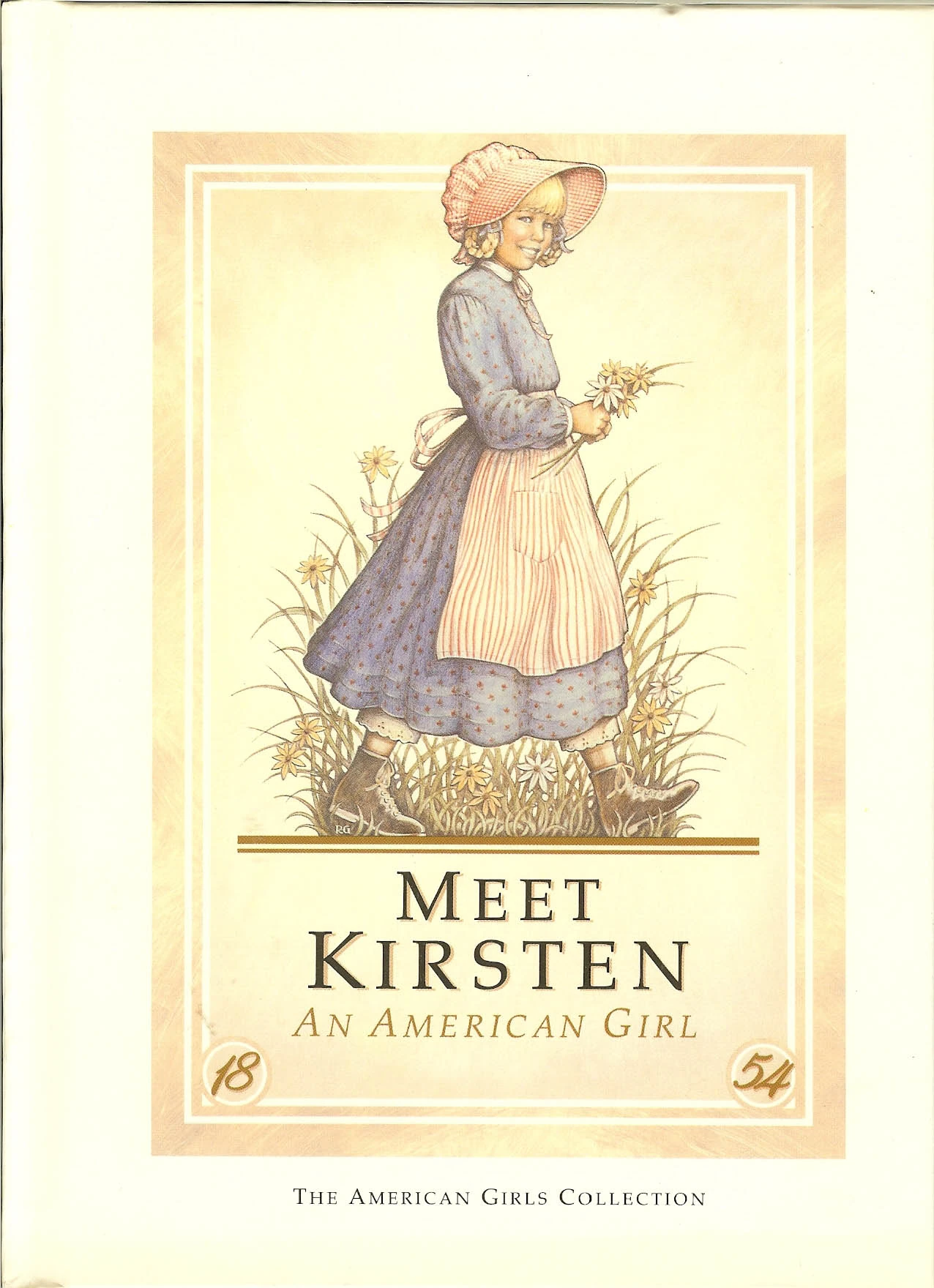
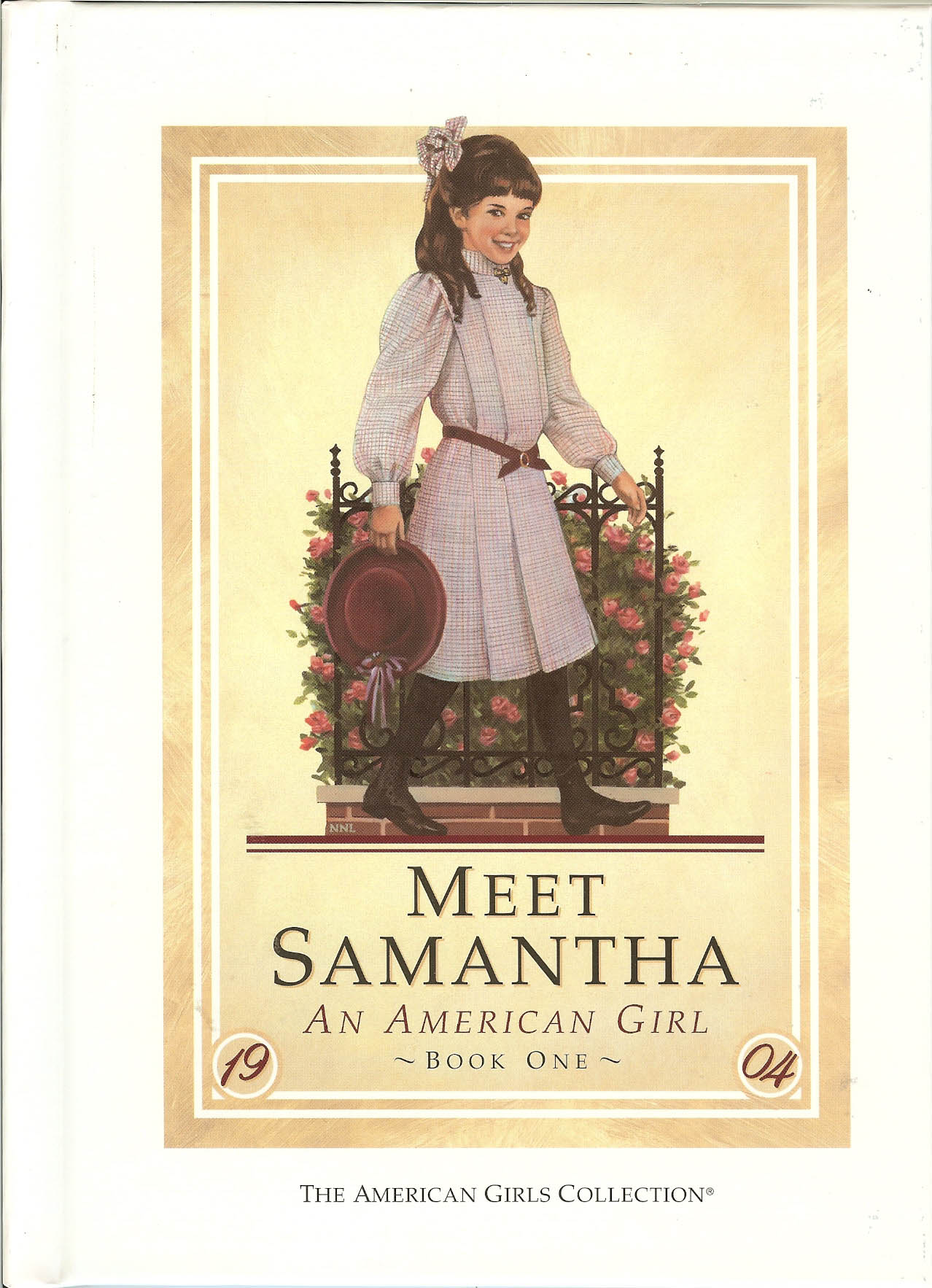
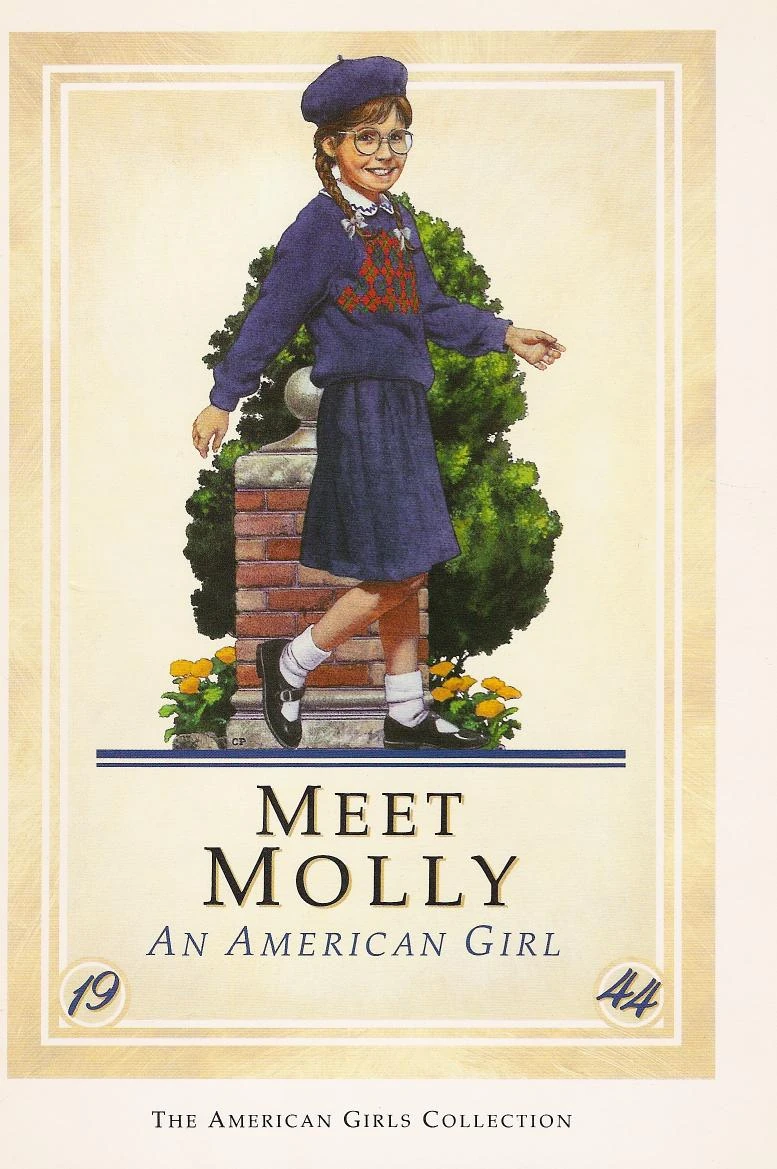
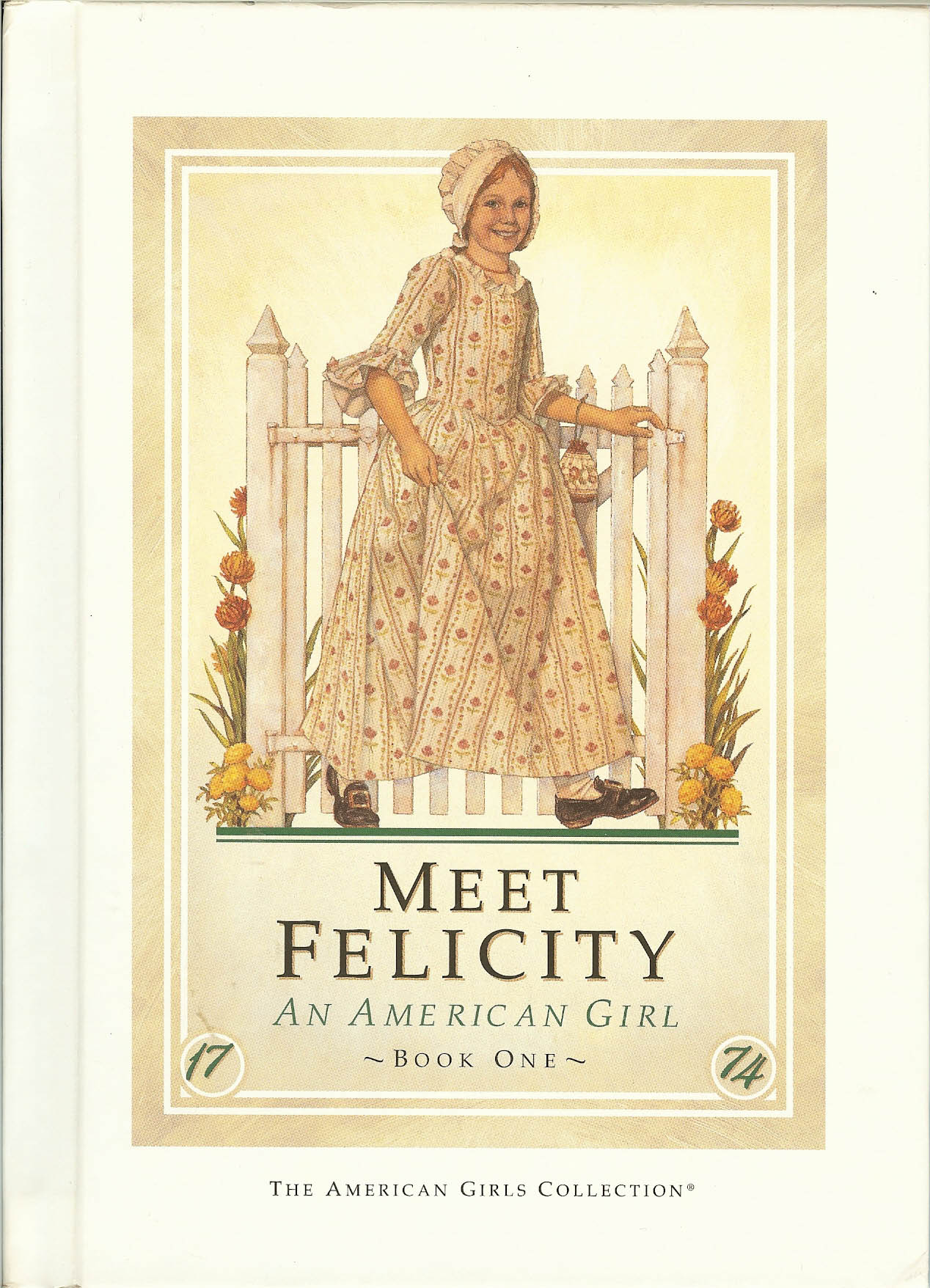
The pattern for the book series was as follows:
1. Meet _____: An American Girl
2. ____ Learns a Lesson: A School Story
3. ____'s Surprise: A Christmas Story
4. Happy, Birthday, ______!: A Springtime Story
5. ____ Saves the Day: A Summer Story
6. Changes For _____: A Winter Story
Every American Girl had each of these themes. The stories inside may have been unique, but the titles and cover art were basically the same, just with years and girls changed. And I liked that about the series. To me, that was always the essence of the company: that these girls were different, but also all kind of the same. We all have similar experience no matter where we're from or when we live. The structure laid out for the books unified the girls.
The years went by and the four white girls were were joined by some more diverse characters. The first of these was Addy (1864), the black American Girl. While I missed there just being four, I recognized that it was good to have a black girl in the group and not deny their history. So she was a generally welcome addition, and her books again followed that established formula. These five remained the only American Girls for another four years until a Hispanic character was created in 1997: Josefina (1824). Her books again followed the traditional formula. It was around this time that things changed and the company broadened to different types of things. And it also signaled that major changes were to come. Josefina was the last gasp of the original era.
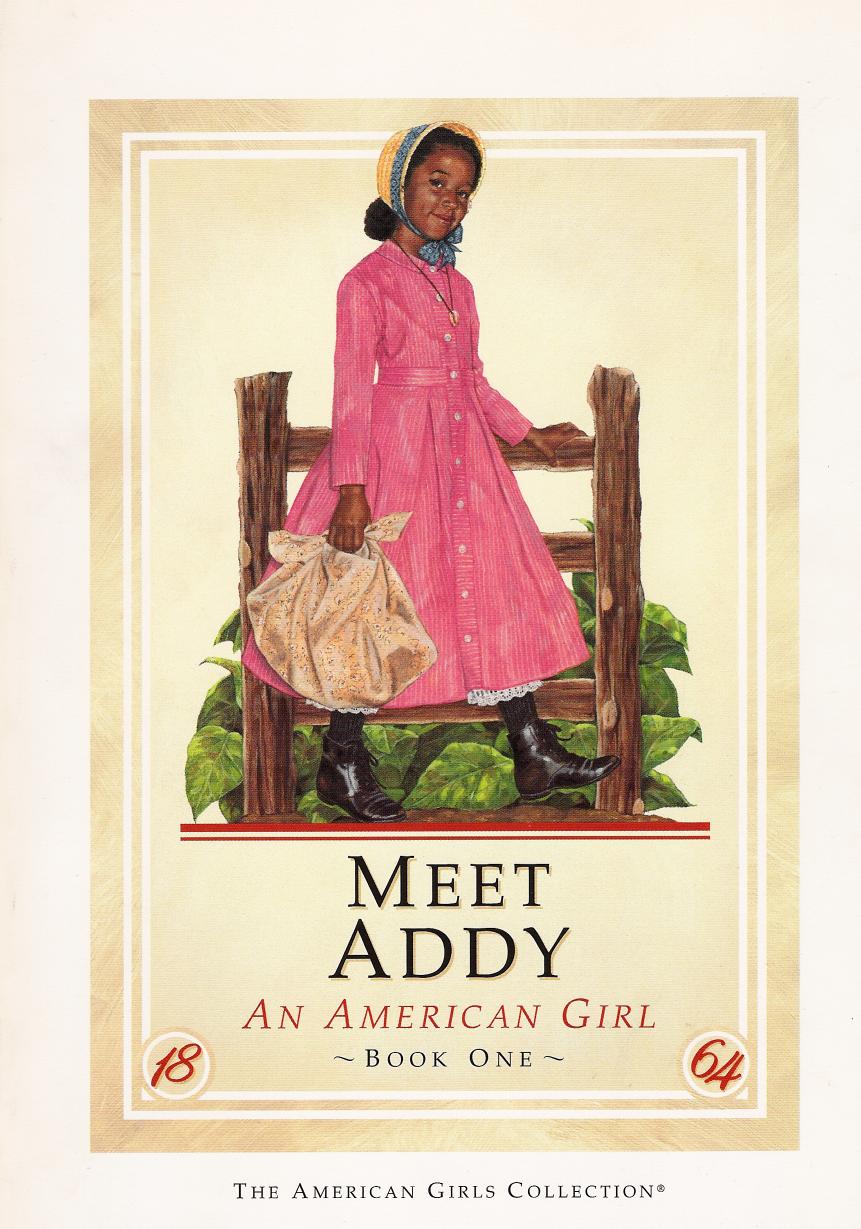
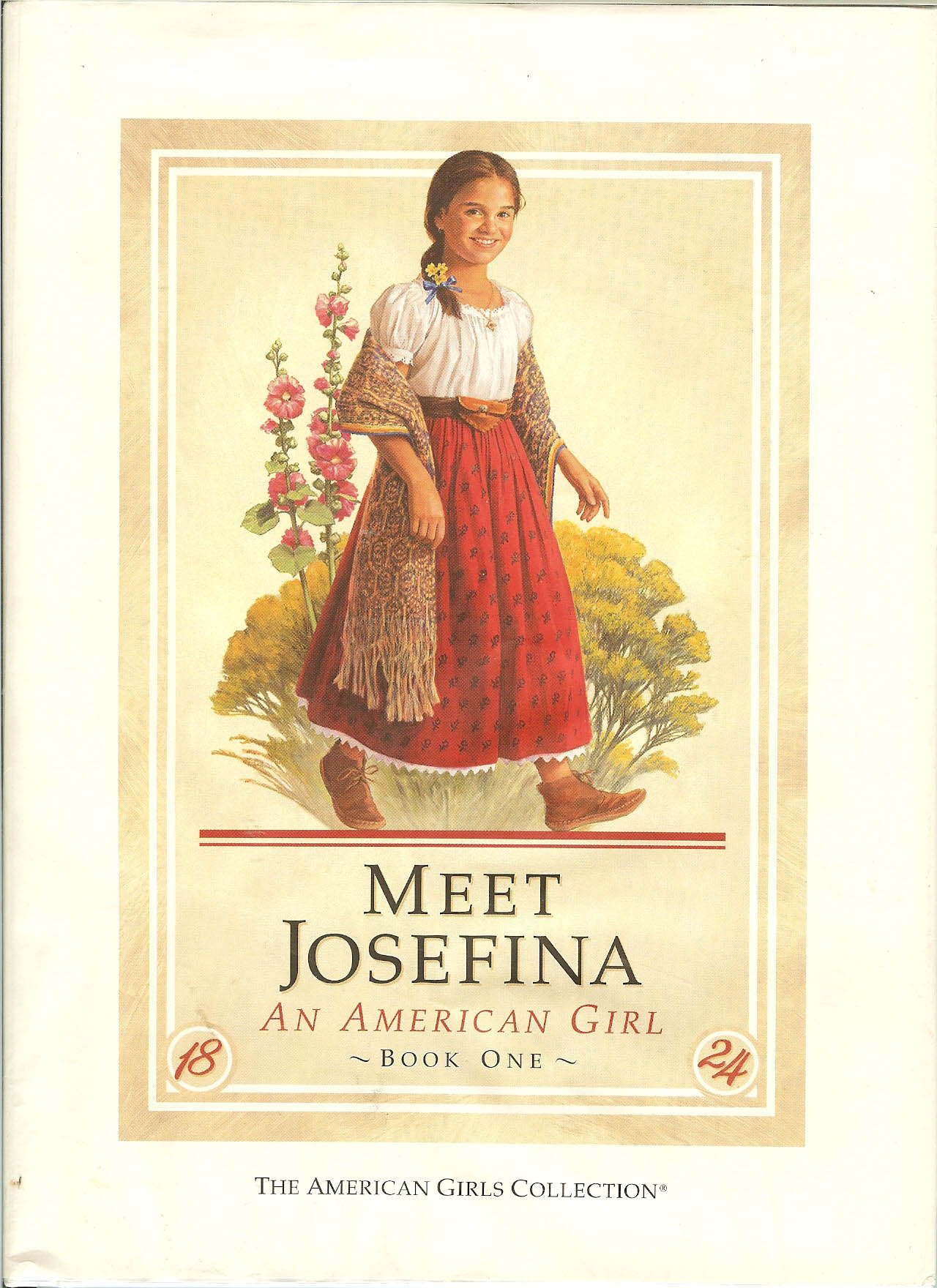
The year was 2000, and the newest American Girl was Kit Kittredge from 1934. Kit's book titles followed the pattern, but with Kit's launch came a redesign of the previous titles. The cover art was altered a bit to be full cover illlustration instead of the original design, and the all-white books were now gone. Instead, each girl was now color-coded and the book spines reflected that. Kirsten was a kind of brown or corn yellow, Samantha a dark red, Molly blue, Felicity a forest green, Addy brown (of course -- nothing racist about that), Josefina a bright red, and Kit a bright green. Kit also is the only American Girl to have her own theatrical feature film, released a few years later.
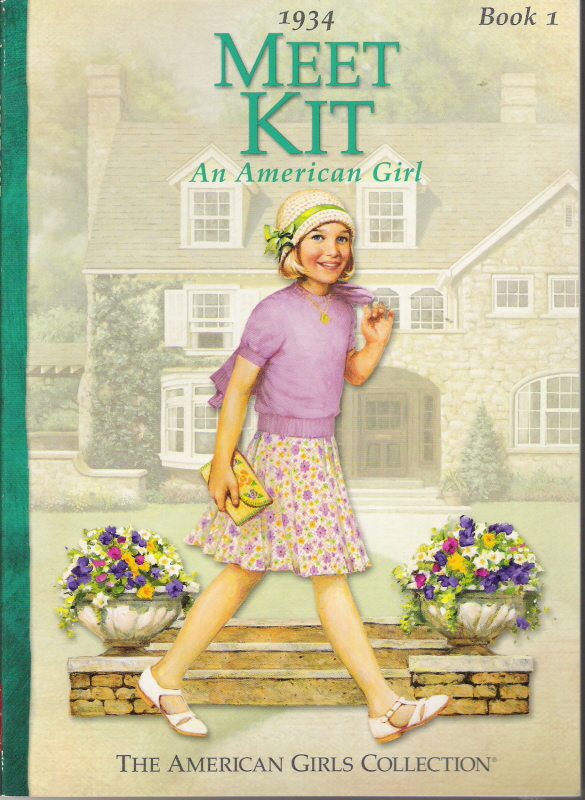
On one hand, I disliked the redesign of the front covers because to me they were so iconic. I had grown up with them. For almost 15 years they had been the same and now they were different. But I do acknowledge that the color coding was a sound idea to help differentiate quickly. It took a little bit of the uniformity away from the series, the thing I had liked, but not too much. The front cover art was basically the same, just enlarged and expanded to fill the whole cover instead of the upper portion. So while the general pattern was still in place, this was the first major change to the formula.
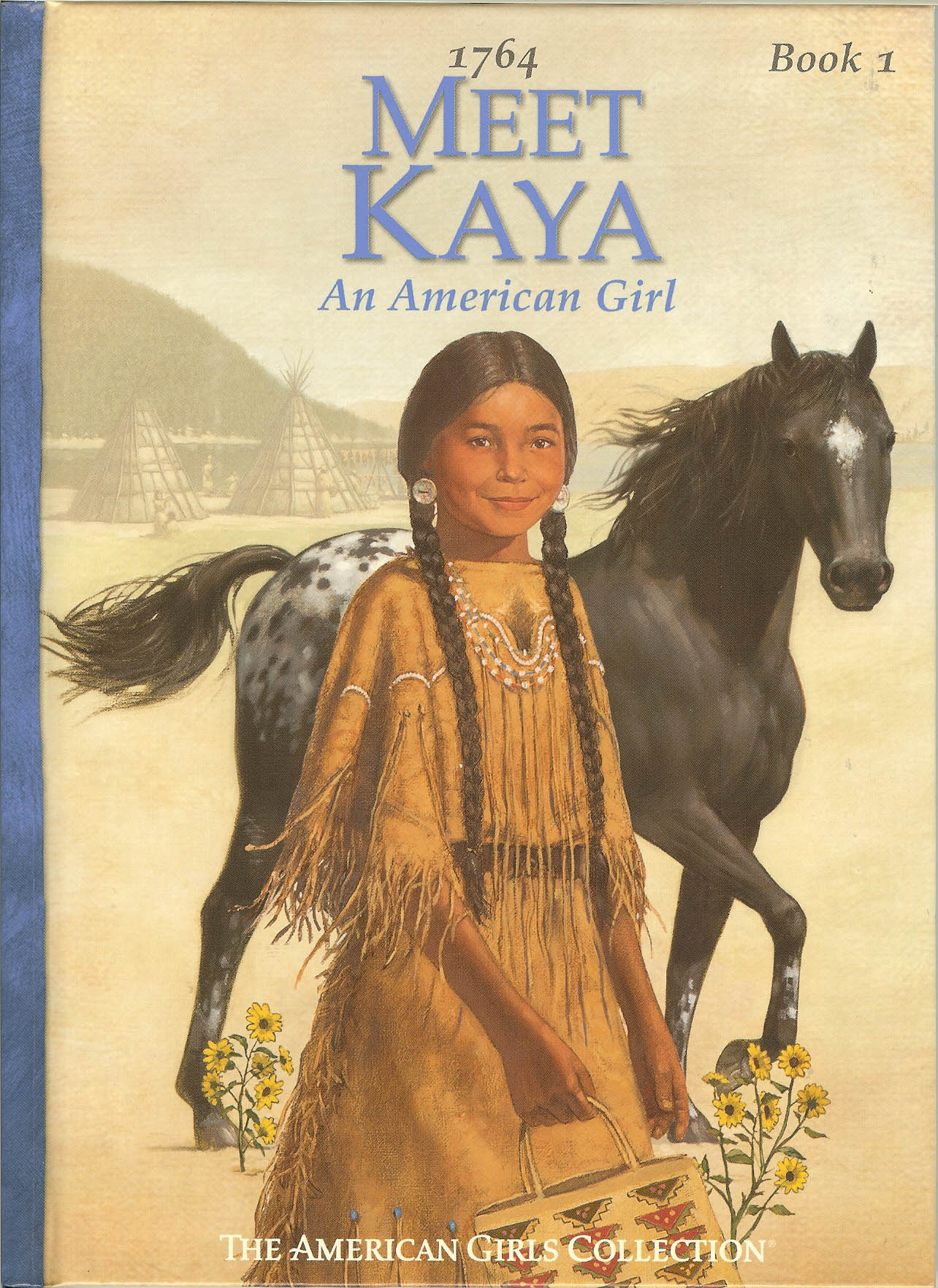
And then there was Kaya. Words cannot express how much I was bothered by the introduction of Kaya. It felt to me like a diversity step too far at the time. Kaya is the Native American girl, and she is from 1764. I don't object necessarily to including a Native American; they are American girls too. However, Kaya destroyed the uniformity that once existed. They set her at a time even before Felicity when the American colonies were still fairly young. This predates the nation we know as the United States. All of the other girls are part of that national identity; even Felicity though set in the colonial period is from the era of the Revolutionary War. Kaya is not a part of that; she is from a people separate who just happen to live on the same continent. So she's not an American Girl in the same way that the others are. I understand they probably intentionally did that to make a statement about how they were here first, but it makes her stick out instead of being part of the diverse-but-unified whole. That's not the worst of it though; that's just dressing. The worst was that her books are the first set to do away with most of the established formula.
1. Meet Kaya: An American Girl
2. Kaya's Escape!: A Survival Story
3. Kaya's Hero: A Story of Giving
4. Kaya and Her Lone Dog: A Story of Friendship
5. Kaya Shows the Way: A Sister Story
6. Changes For Kaya: A Story of Courage
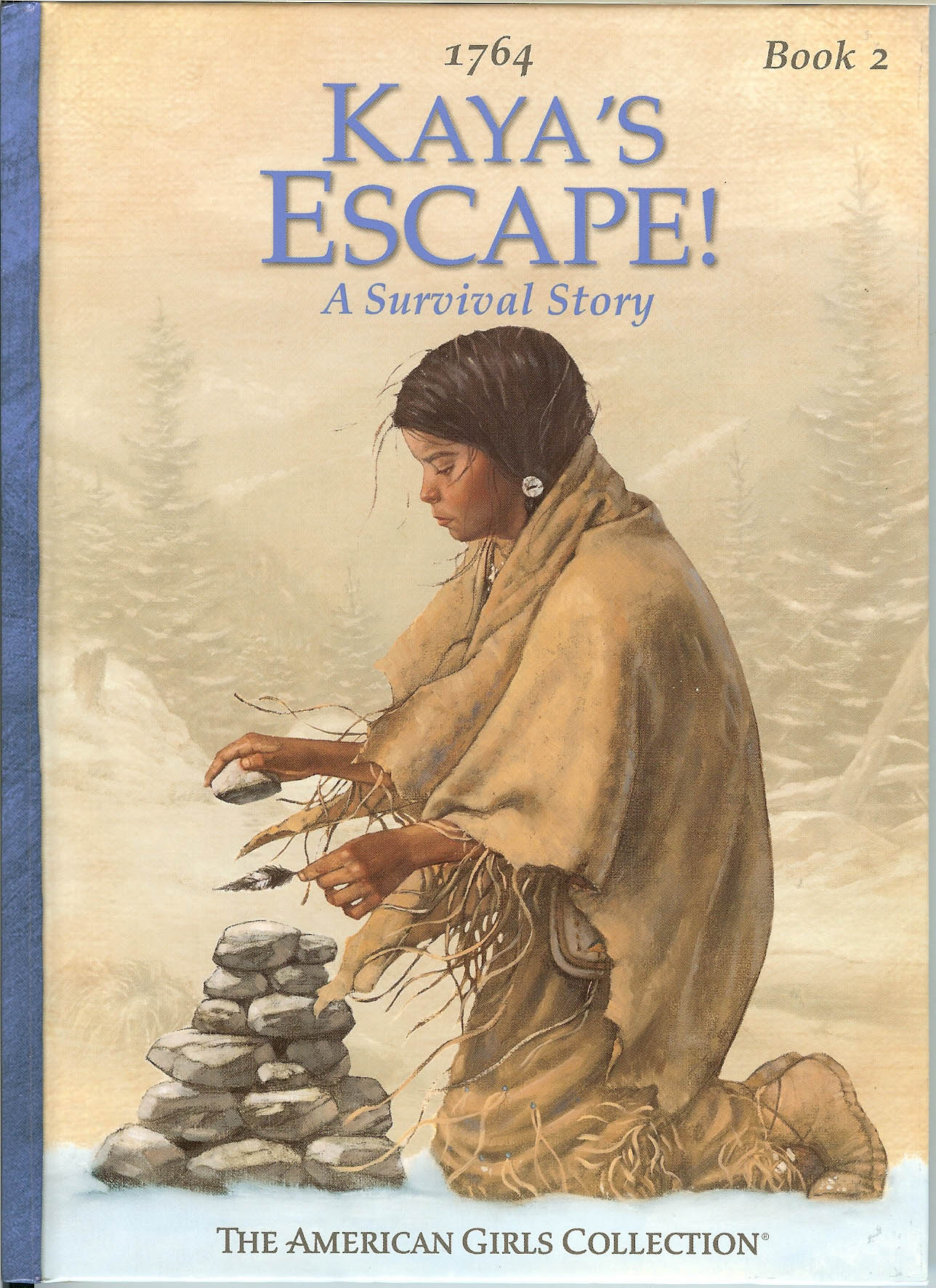
Two years later, in 2004, the entire line was redesigned again. It wasn't enough to have the color-coded spine. Now, all of the original cover art was changed to large different illustrations with the title and year in a colored stripe across the top. Also, each girl's name is singled out in cursive. This was the most drastic change yet to the line and again it upset me. Now every girl had a totally different dynamic illustration for each book. The point seemed to be to highlight their differences, rather than their similarities. The AmericanGirl logo now attached firmly to the top of each cover, it reflects the sensibilities of the corporation that sells Barbie dolls with its endless variety held together by a branded strip at the top, rather than what the series was originally, at least to me.
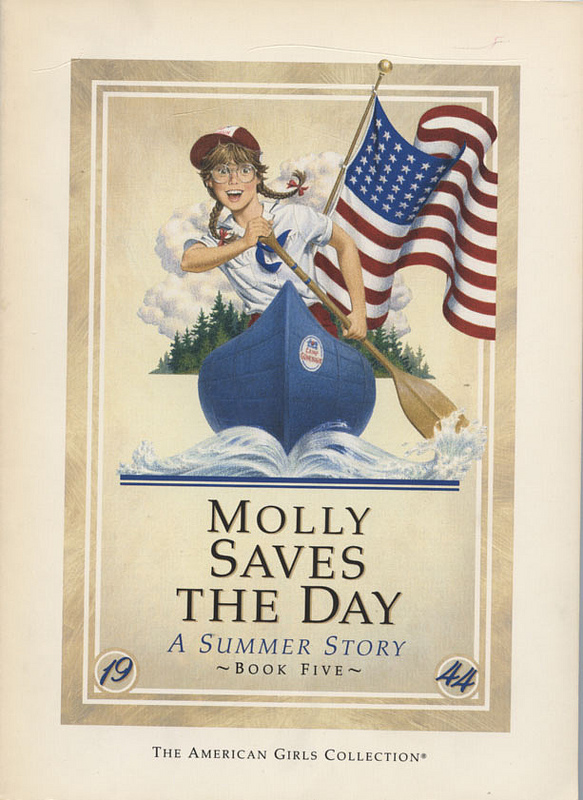
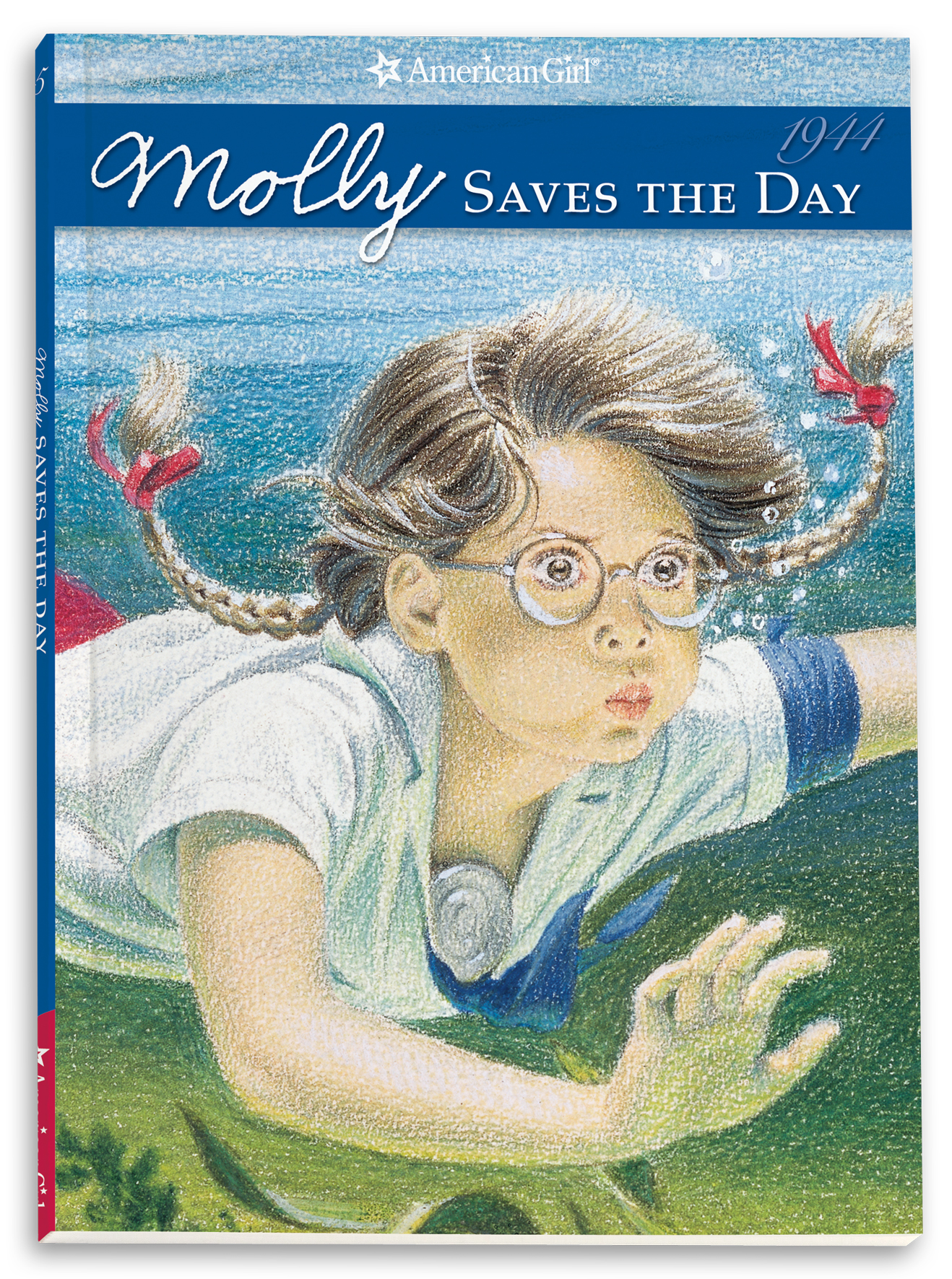
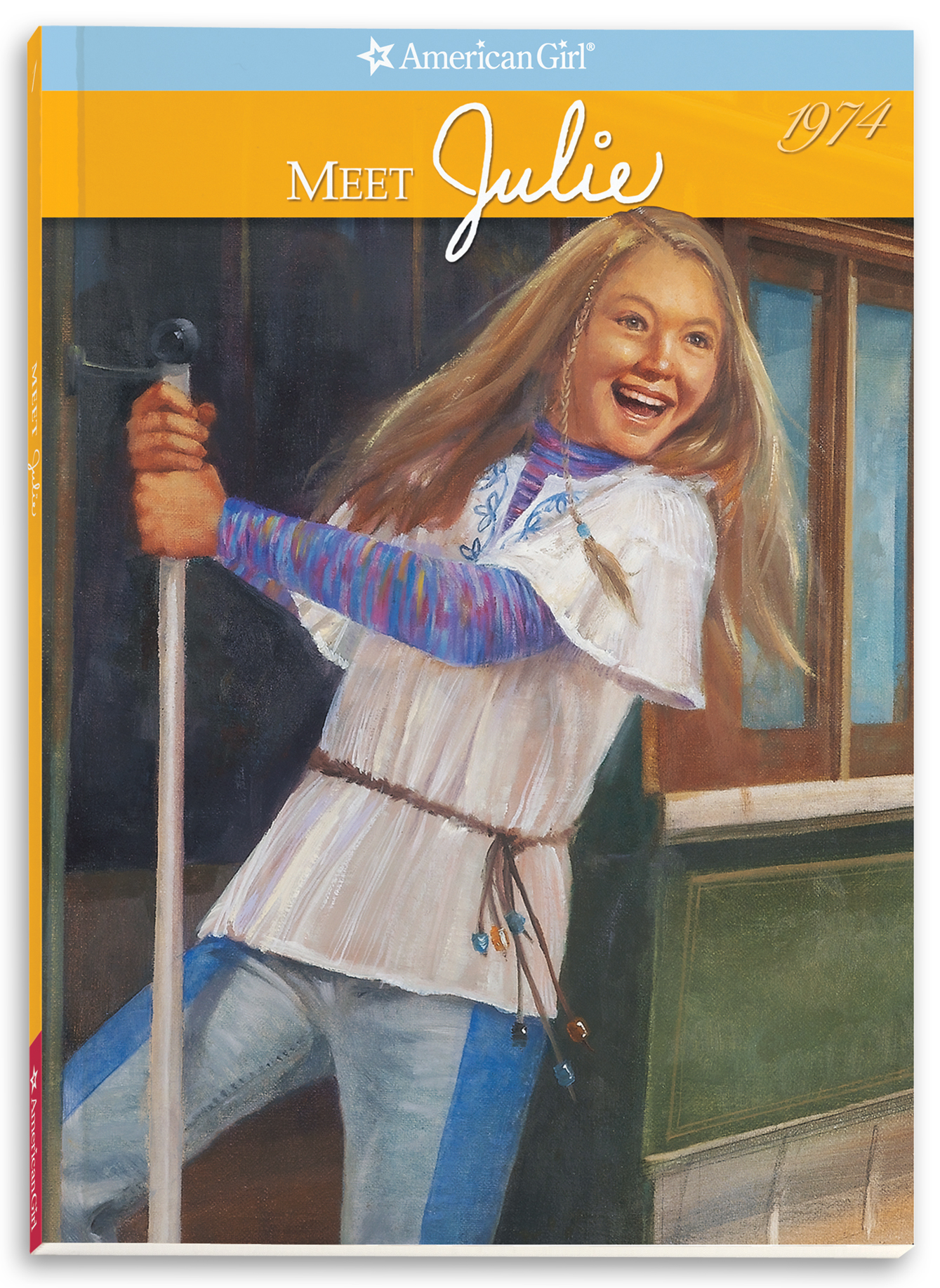
1. Meet Julie
2. Julie Tells Her Story
3. Happy New Year, Julie!
4. Julie and the Eagles
5. Julie's Journey
6. Changes For Julie
Note she also doesn't get a Christmas story; while it's similar, her book 3 is about Chinese New Year (not even western New Year!) because her best friend Ivy (I haven't even gotten into the best friends thing) is Chinese. So it's more diversity yet again, almost making you wonder why they didn't just give Ivy her own set of books. Why must the Asian girl be the "best friend"?
The series continues in this broken format for the next ten years so I will only highlight a few changes. The next girl introduced is Rebecca, and she is Jewish. So again, she gets a Chanukkah story instead of a Christmas story, and I'm fine with that. She is from 1914. I think she's a nice addition to the series, though again only the titles for books 1 and 6 remain the same.
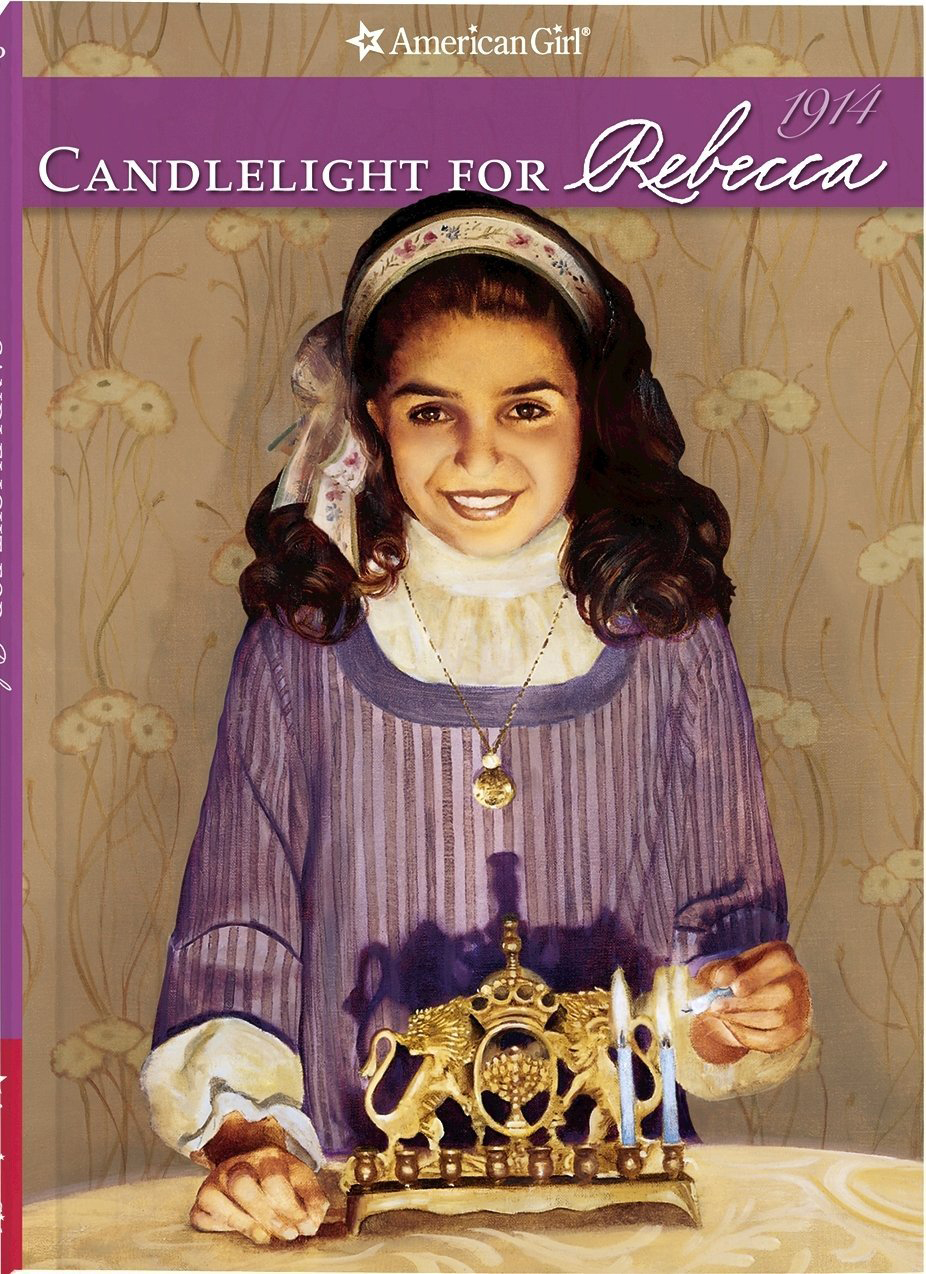
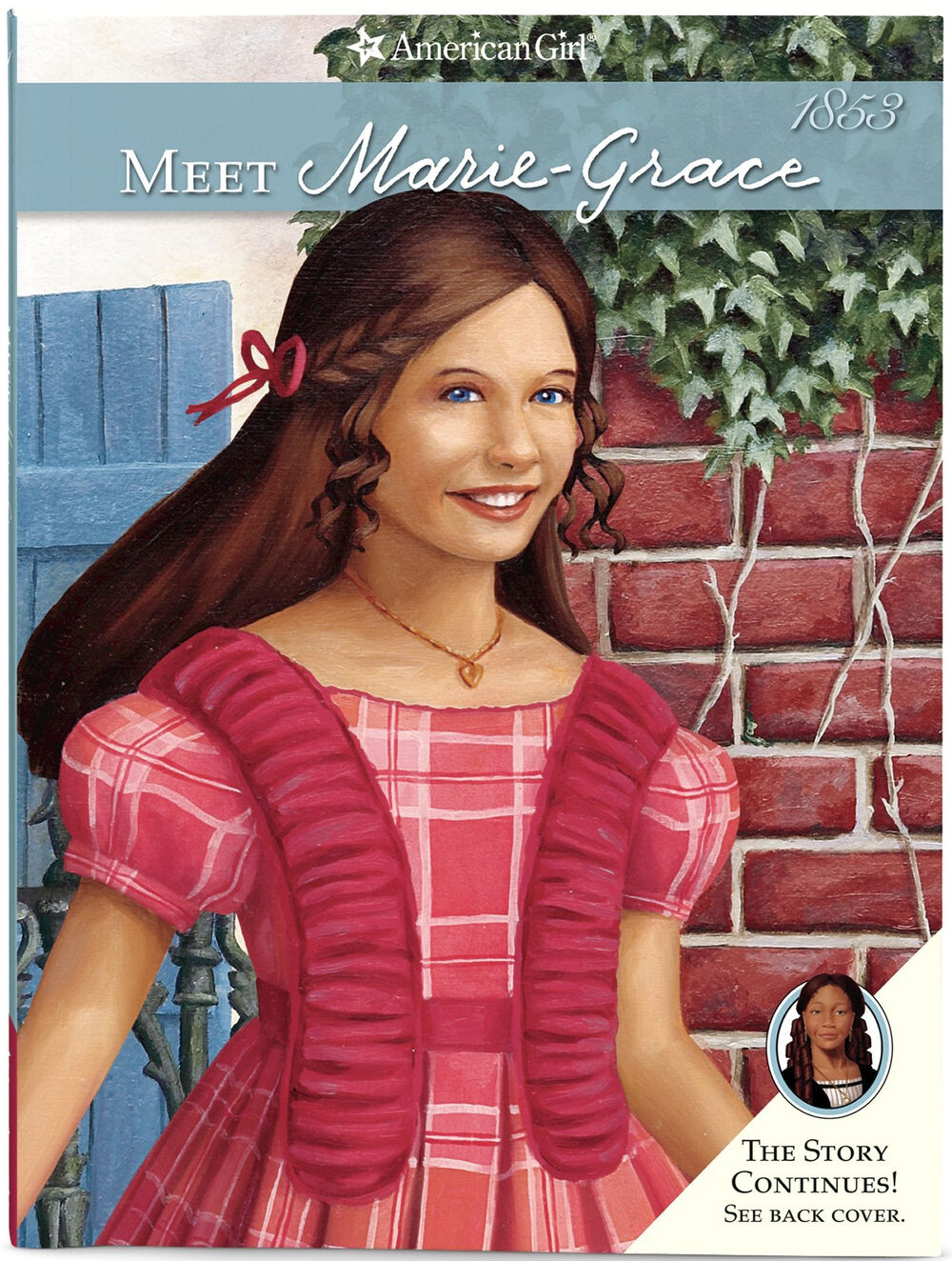
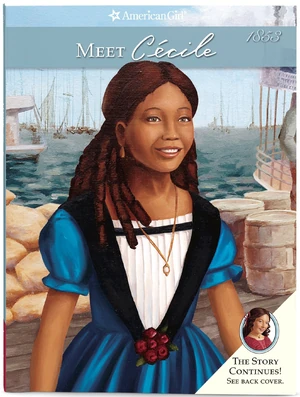
The next blow to series uniformity came with the release of Marie-Grace and Cecile who once again tore apart the fabric of what made this series. Now we have two girls sharing the six books, each alternating. The first two are "Meet" books, and that's the only thing connected to the old formula. Also for the first time in the series history they are from a year that doesn't end in 4. They are from 1853. This annoyed me for not only breaking the year formula, but because they are the first girls to share an era with another girl. Kirsten was already from 1854. And while their settings are drastically different, I think there are enough decades of American history the series hadn't yet explored or exploited, that do we really need two more girls shoved into the 1850s? Marie-Grace and Cecile's entire doll lines have been retired so perhaps the experiment backfired. Though Kirsten is also archived at present, along with the other originals, besides Samantha who was relaunched last year.
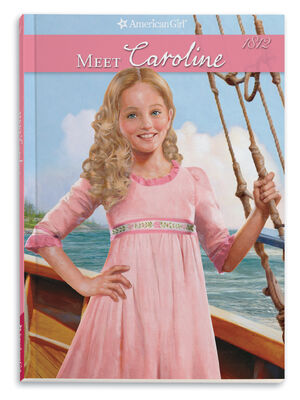
Caroline was then added a few years ago. She is from 1812, again ignoring the old dating system, because she's from the era of the War of 1812. I guess I can give them a pass on that since there's no way to relate to that war otherwise, but part of me would still rather she have come from 1814 and war stories came in dialog and memories. Her books are also different from the old formula, though book 3 is A Surprise For Caroline, which is close enough to the old one that I'll give them credit for it.
And that brings us to today. As you can see, changes have been frequent over the past 20 years, and what began as simple design and branding changes has become an alteration of the entire fabric of the original line. With Kaya, and later Marie-Grace and Cecile, the original structure was all but abolished. Those were the most drastic changes, but yet another drastic change has come. In 2014, the entire American Girl historical collection was rebranded as the BeForever line. What does that even mean? Why is there no space between words? American Girl was a series that promoted literacy among girls, and now it's branded with something that makes no grammatical sense. Clearly it's the thinking of toy marketers. So now each book has BeForever across the top of it. But that's not the worst of it. The worst is that the six book collections have been completely repackaged. Now, each girl's books is collected in 2 volume "classic collections" and each has a different title. For example, Samantha's first three books are now collected as Manners and Mischief and the latter three as Lost and Found. This is the final nail in the coffin for the original pattern. Almost all of the uniformity is now gone, replaced with a new structure of 2 omnibuses in the BeForever line. The color coding is now changed as well, and the girls who were archived are not currently part of the BeForever line.
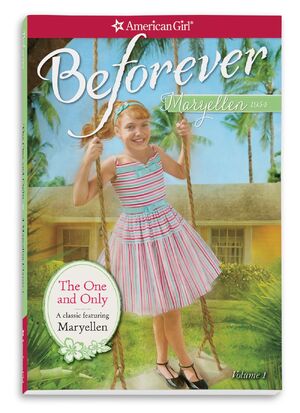
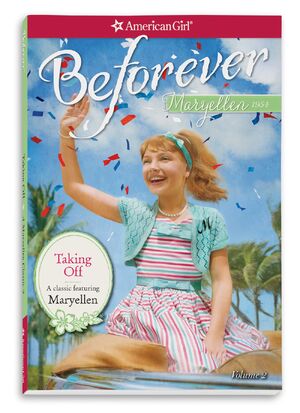
The one bright spot in the BeForever launch is the introduction of the newest girl, the first exclusive to this line. Her name is Maryellen, she was released this year, and she is from 1954. That return to the year ending in 4 is welcome, and I love that they went with the '50s. When Julie was released I questioned the move to the '70s when the '50s and '60s were untapped. I think her outfits are cool and there's a nice '50s aesthetic. It is sad though that she will never have the 6 books the others had; she gets only the 2 BeForever volumes. While they roughly correspond to what would have been the 6 books, it's still a shame, I think. She's the first one to not even get a "Meet ____" book.
I think what saddens me most about these changes over the years is that the elements I thought of as the core of the series are all but abolished. Sure, there's a nostalgia for the old way and that's part of it, but I also think there was really something to the uniformity. It wasn't just a marketing thing; it told you that there was a unity of experience. I know that American Girl is a doll company. I know they want to sell expensive dolls. But they always were, and in the best of circumstances the dolls sell the books and the books sell the dolls. There was a synergy there. To me, it seems that the company has shifted too far into thinking like doll-makers, treating the books like an afterthought or means to an end. I hope that this doesn't continue, but that instead they foster each as they can. I don't want American Girl to be just another example of corporate oversaturation. If the new BeForever branding at least helps to put a kind of uniformity back into the series, maybe that's good. Where do they go from here? There are so many other decades. There are fourteen historical American Girls, and yet there has not been a single redhead. Maryellen is kind of strawberry blonde. So if I had any say in it, the next American Girl would be a redhead, maybe set in the 1880s or 1890s. Make her an Irish immigrant, perhaps? I still believe in what the series can be: a way to make history real for kids and show them that it's our similarities across borders, boundaries, and time that ultimately unite us.